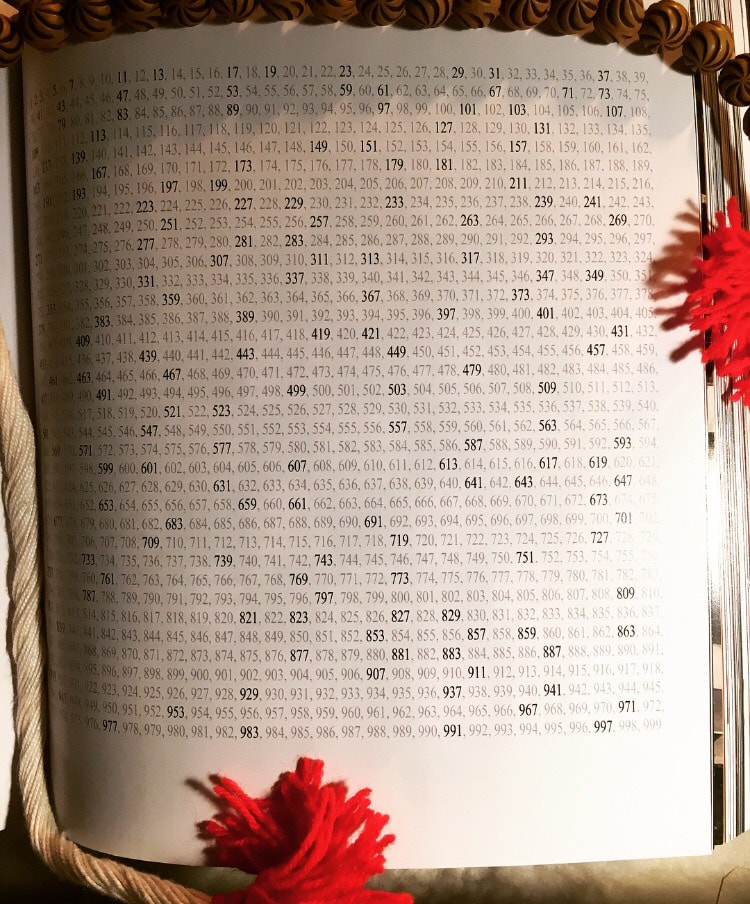The legendary geometer Euclid of Alexandria, for example, may have been the first to prove that there are an infinity of primes well over 2,000 years ago. The Greek mathematician, music theorist, astronomer and poet, Eratosthenes, developed what is probably the original test for primality, now known as the Sieve of Eratosthenes around 240 B.C. Fast-forward over 2,000 years to 2008, the forty-fifth known Mersenne prime (prime numbers named after the French theologian and mathematician Marin Mersenne) was discovered, which contains an unfathomable 12,978,189 digits.
|
It's eleven-eleven-seventeen today, a sublime autumn day enlivened by the spirit of prime numbers--the atom-like building blocks of the natural numbers, as pointed out by the mathematician Don Zaiger. Zaiger further commented that "the prime numbers grow like weeds among the natural numbers...and nobody can predict where the next one will sprout...Even more astonishing...the prime numbers exhibit stunning regularity, there are laws governing their behavior, and they obey these laws with almost military precision." Whether these puzzling elementary numbers resemble random sprouting weeds or purposeful mushrooms ecstatically popping out of the mycelial matrix remains to be seen. In any event, prime numbers have fascinated mathematicians for millennia.
The legendary geometer Euclid of Alexandria, for example, may have been the first to prove that there are an infinity of primes well over 2,000 years ago. The Greek mathematician, music theorist, astronomer and poet, Eratosthenes, developed what is probably the original test for primality, now known as the Sieve of Eratosthenes around 240 B.C. Fast-forward over 2,000 years to 2008, the forty-fifth known Mersenne prime (prime numbers named after the French theologian and mathematician Marin Mersenne) was discovered, which contains an unfathomable 12,978,189 digits.
0 Comments
|
Categories
|

 RSS Feed
RSS Feed
